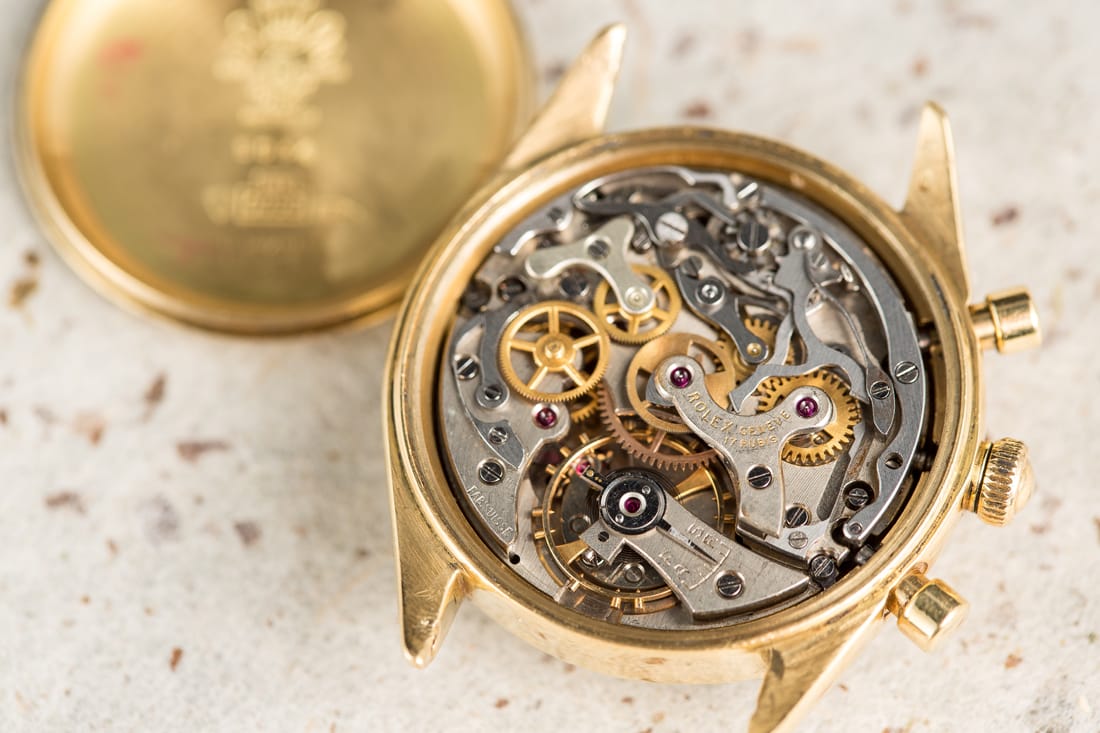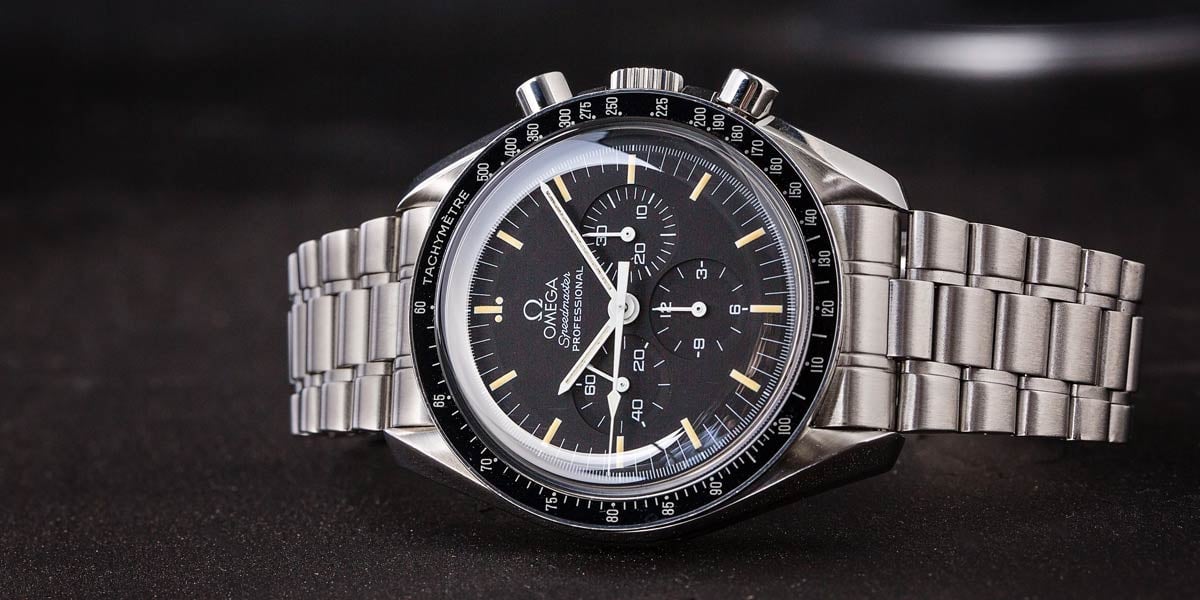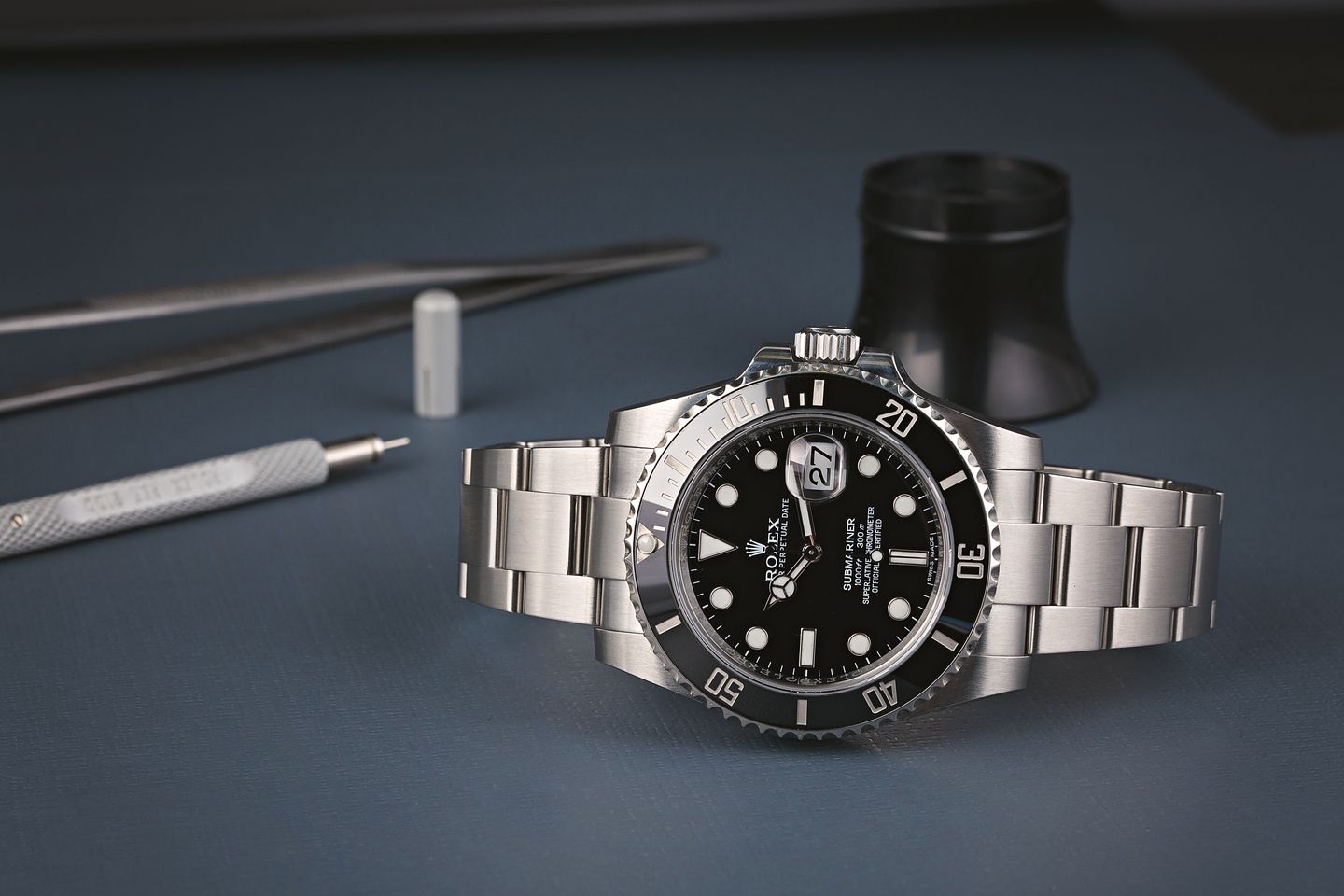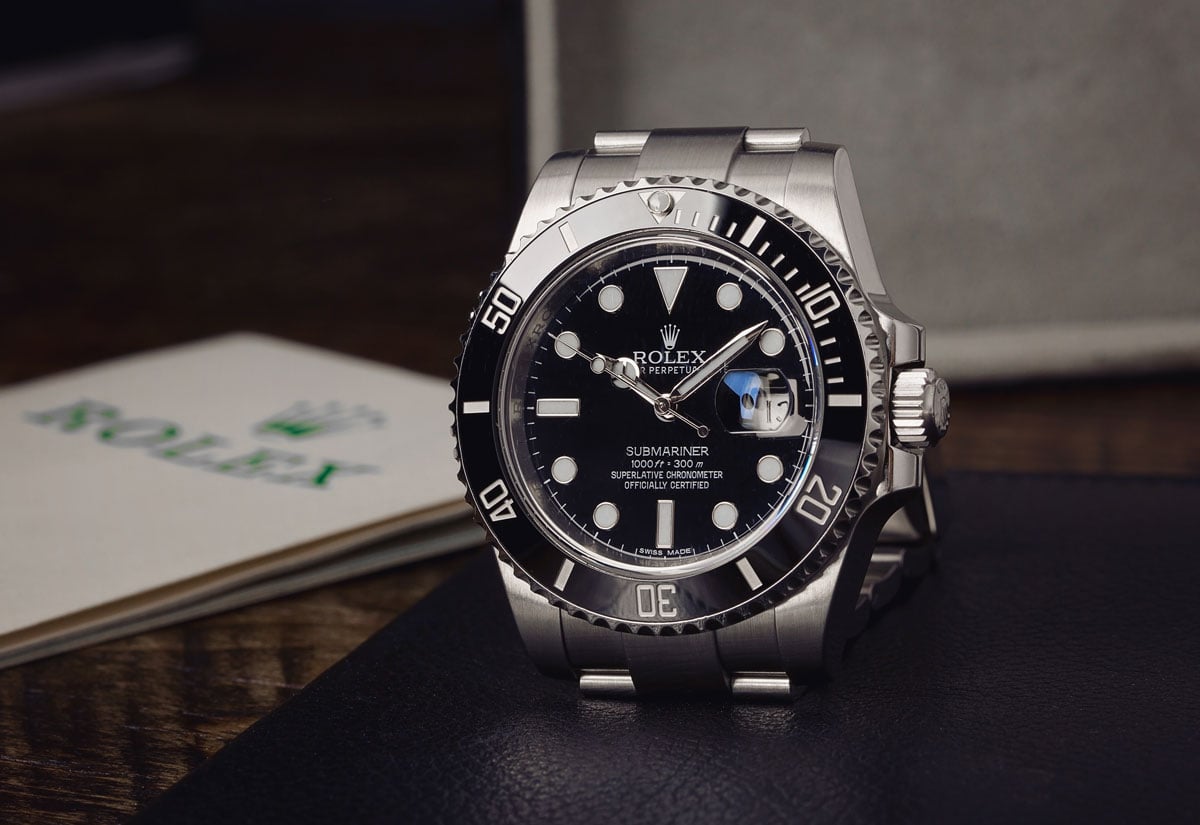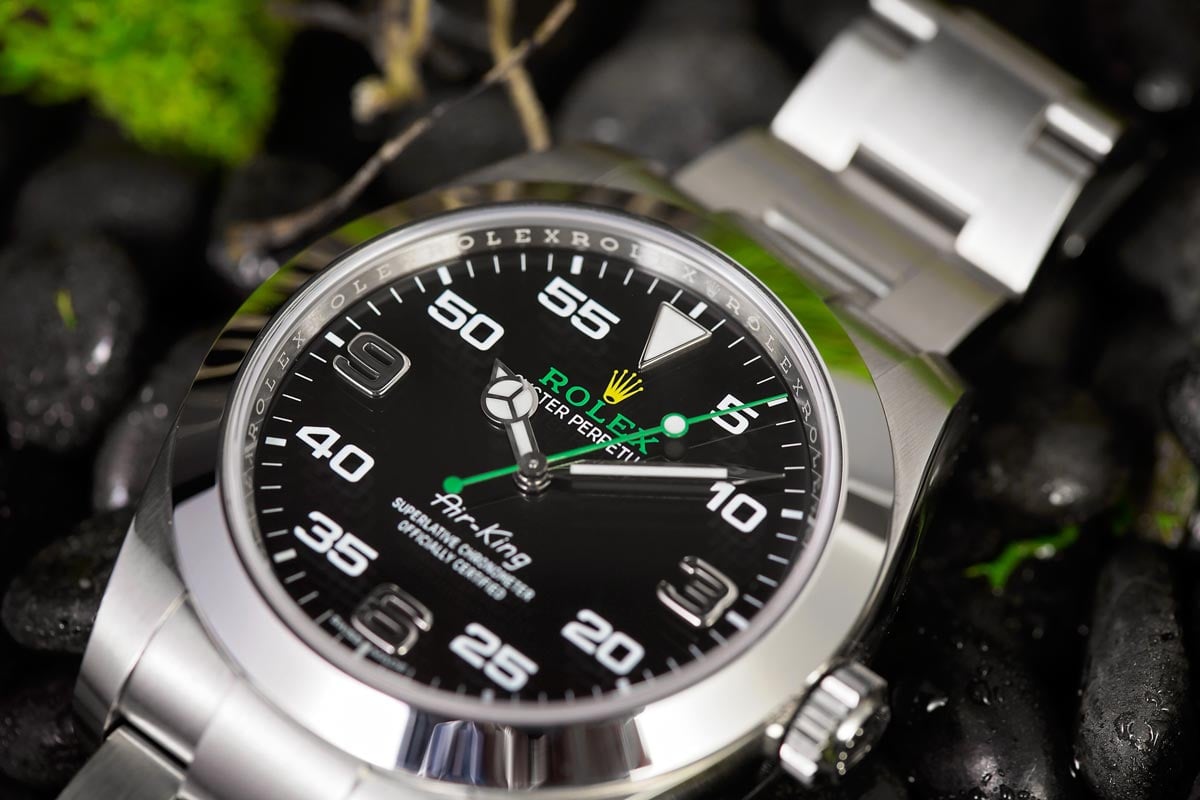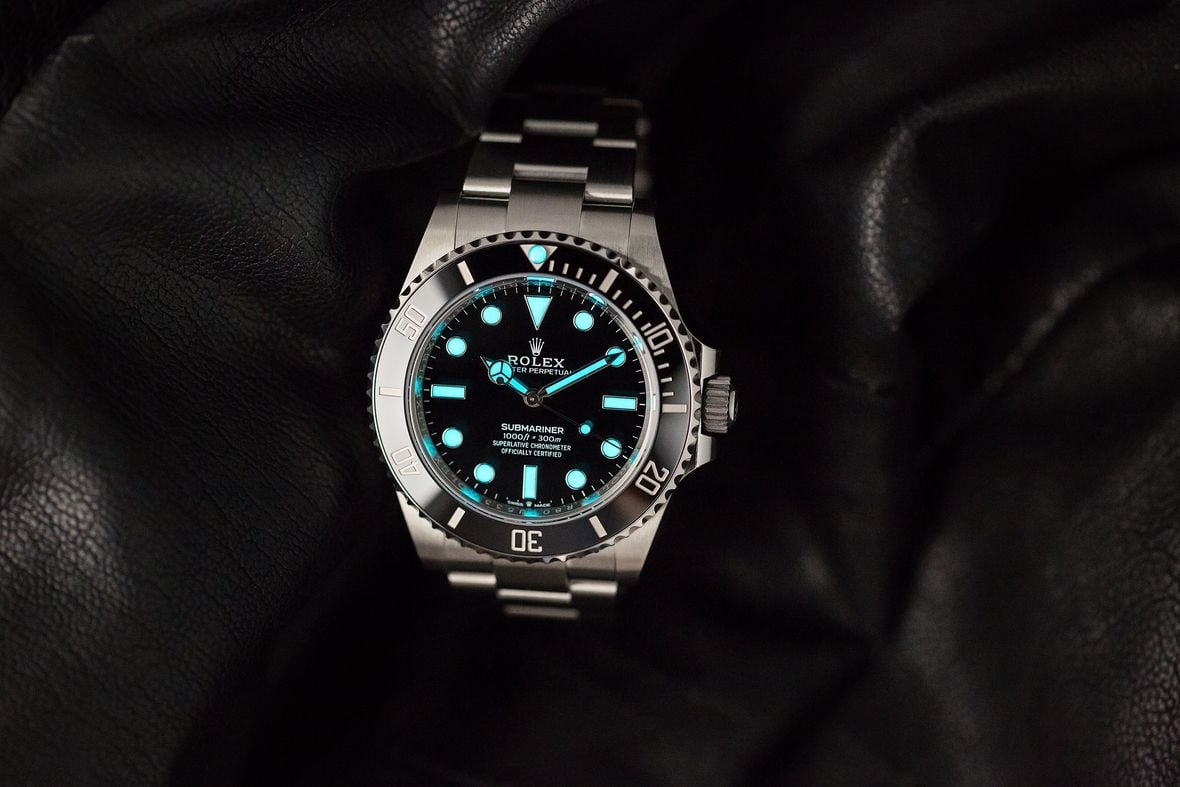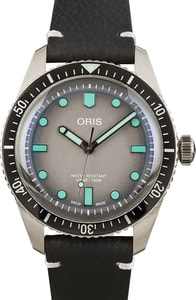As a watch writer, I am constantly coming across mentions of the number of jewels in watch movements. And to be totally honest, in both my reading and writing, I usually gloss over this fact with little consideration. Amongst other details like case size, materials, complications, and performance specs, the number of jewels always seemed somewhat frivolous – a minor detail in the bigger picture.
It wasn’t until recently that I started wondering why the jewel was just so important to the mechanism. We constantly read about them in product descriptions for luxury watches, yet their function is rarely mentioned. And if I’m wondering these things, I thought some of you must be too. So, here I’m going to explain what I learned about jewels in watch movements and why you should care about them.
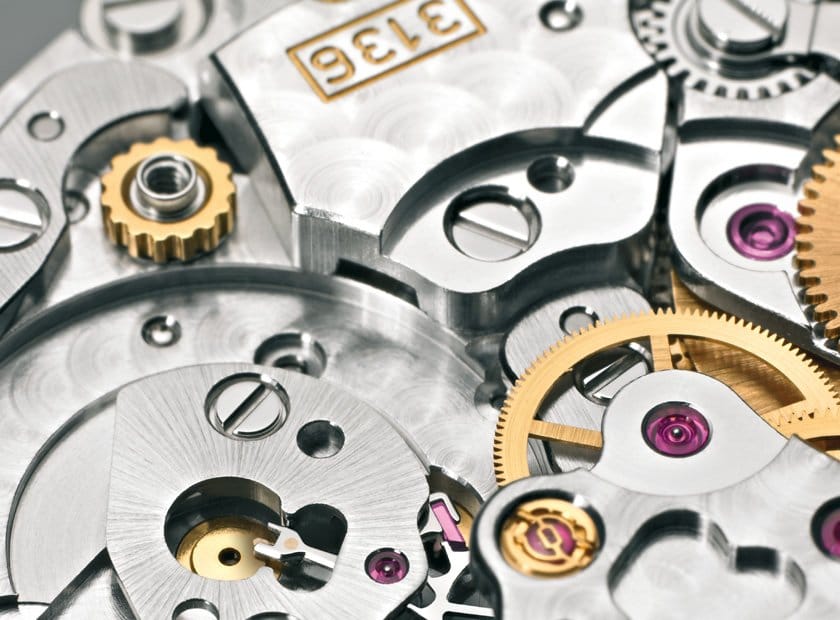
So, what are jewels?
When it comes to jewels in a watch, what we’re really referring to here are rubies. Second only to diamonds, rubies are incredibly hard, making them the perfect friction-fighting watch parts. In watchmaking, reducing friction is imperative to keeping the watch running accurately. So instead of having metal-on-metal contact for high-friction points in the movement – like on wheel trains and escape levers – watchmakers turned to jewels.

So that’s why my watch is so expensive!
Not quite. Contrary to popular belief, the rubies used inside watch movements aren’t really all that intrinsically valuable. Given that natural rubies are extremely rare, the ones used inside your watch are synthetic. Plus, these rubies are so incredibly small – sometimes as tiny as 0.5 millimeters (0.02 inches) wide – and cut and filed into various specific shapes, so they really don’t hold any significant monetary value. However, when it comes to keeping your mechanism running smoothly, they’re totally instrumental.
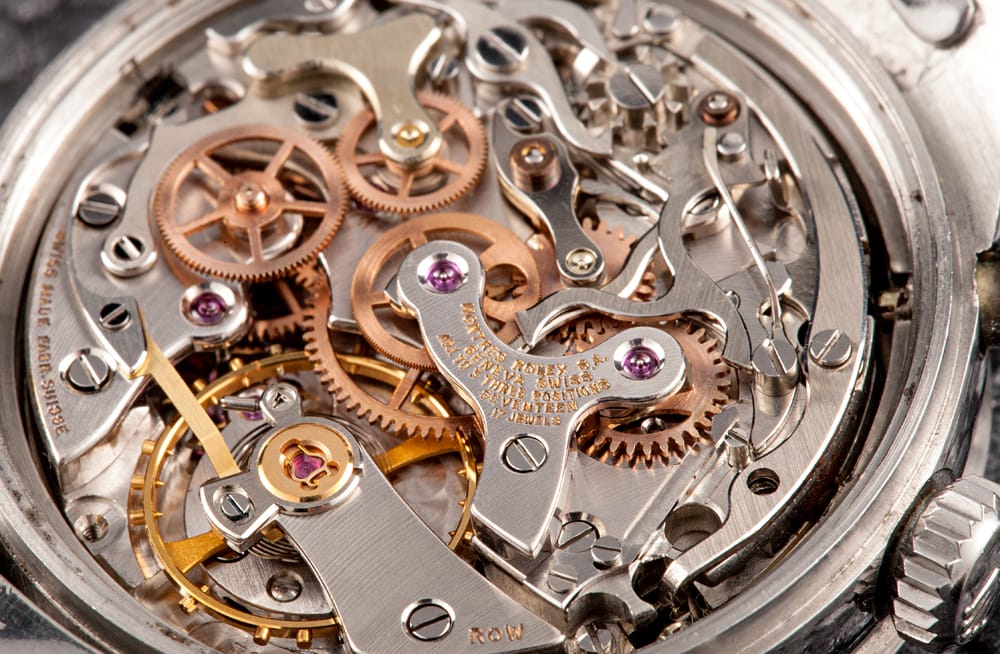
Rubies in your timepiece actually indicate quality
The jewel count of a watch is often a direct indicator of the complexity of the mechanism. To put things into perspective, the average mechanical watch will utilize 17 jewels. The vast majority of them serve as either cap or pivot jewels; however an impulse jewel is used for the balance wheel and two pallet jewels serve as the teeth for the pallet fork.
But, a watch with additional components or complications like a chronograph or moonphase, could use double the number rubies, if not more. This is simply because there will be more contact points where friction needs to be kept to a minimum. To give you an idea of what we mean, a modern chronograph like the Rolex Daytona has 44 jewels; however there are behemoths like the IWC Il Destriero Scafusia which has a flying minutes tourbillon and boasts 76 jewels.
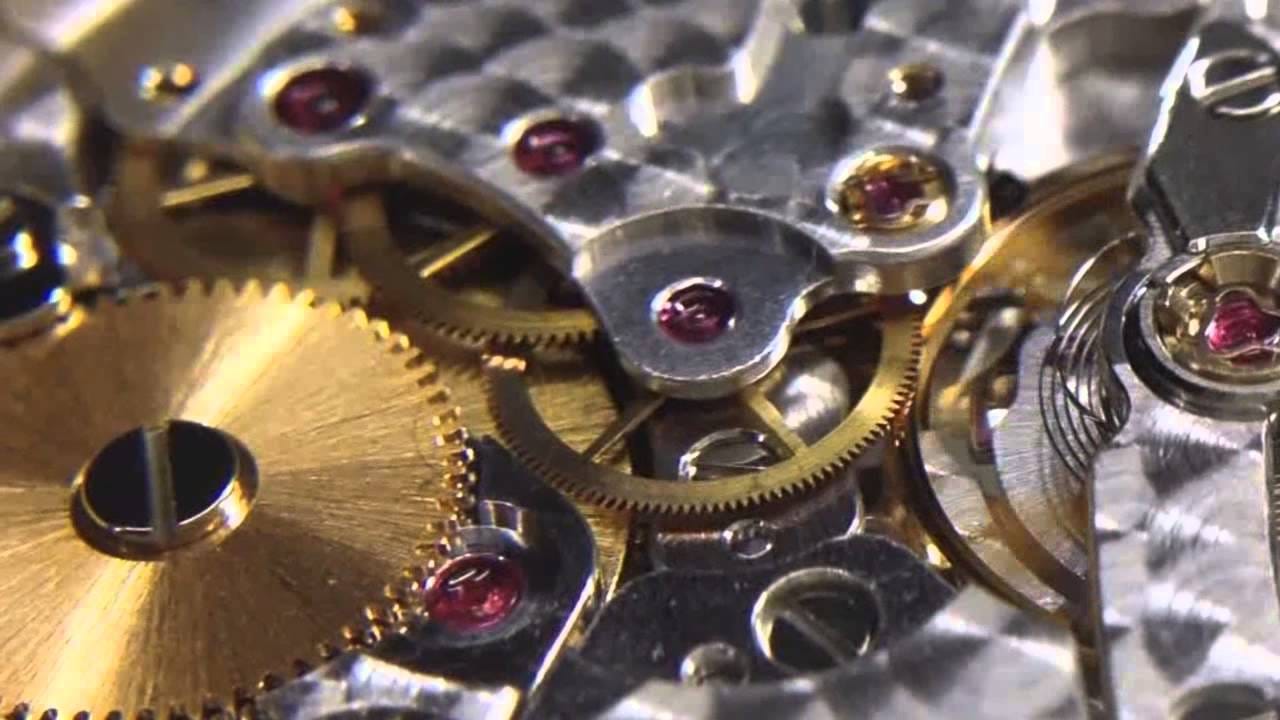
In conclusion: jewels make your watch run better
While Jewels do make your watch run better, they don’t necessarily make it worth more. Yes, the number of rubies in your watch are indicators of the complexity of the complication. Additionally, a high jewel count in a simple movement can also be an indicator of precision or quality, since the manufacturer chose to add additional rubies to maximize its performance. However, the rubies themselves don’t make your watch any more expensive than the rest just because they’re in there. So the next time you find yourself reading product descriptions and see the jewel count of the movement listed, you’ll know exactly what they are doing there.
